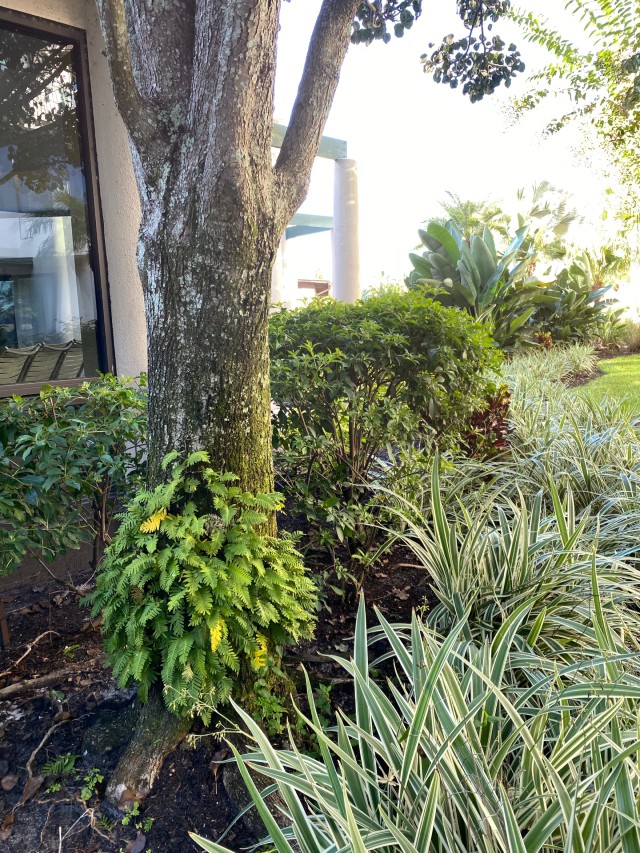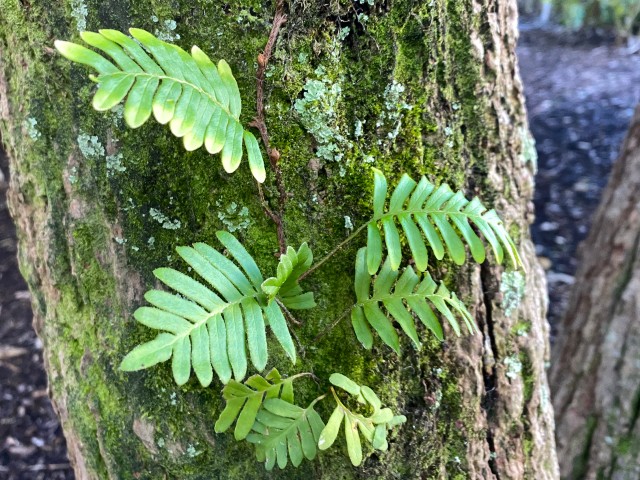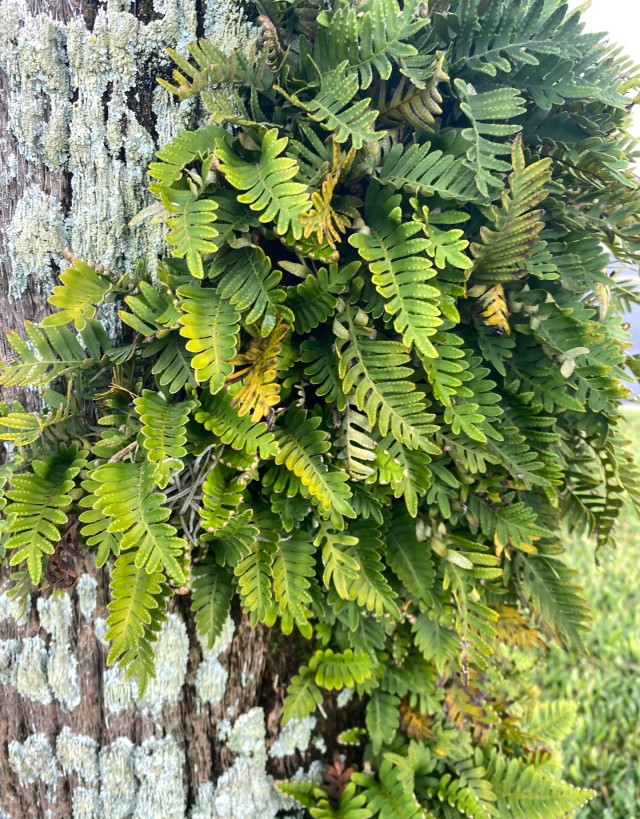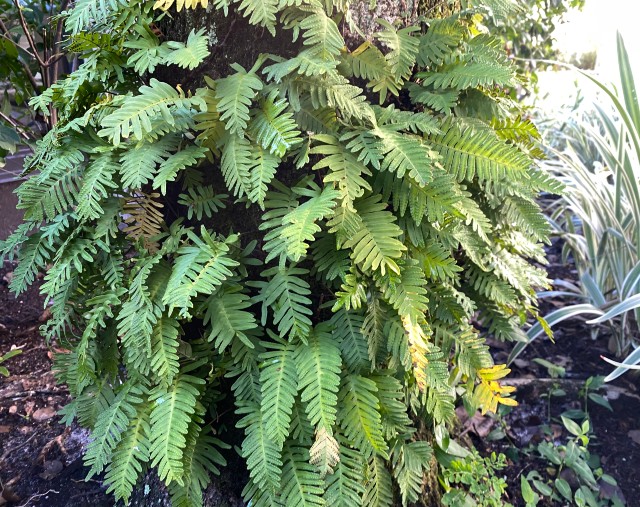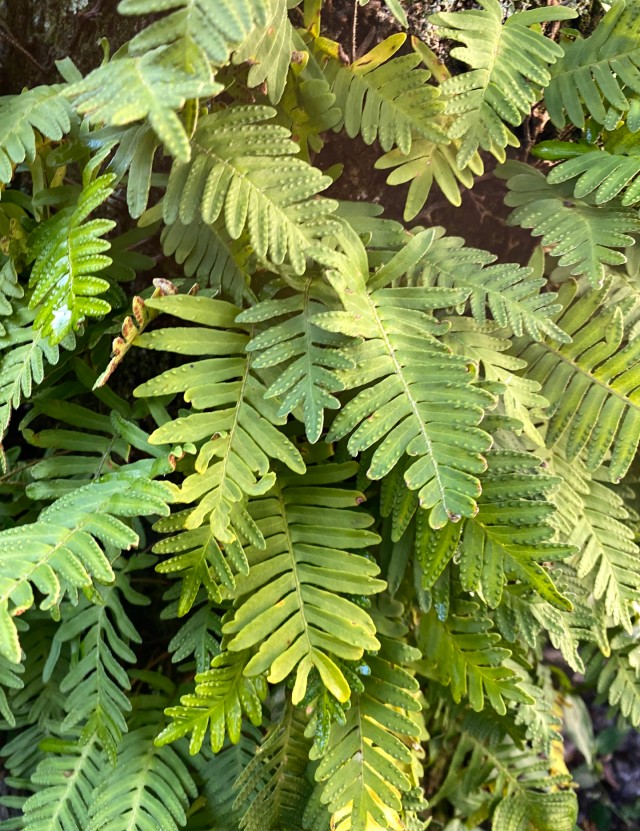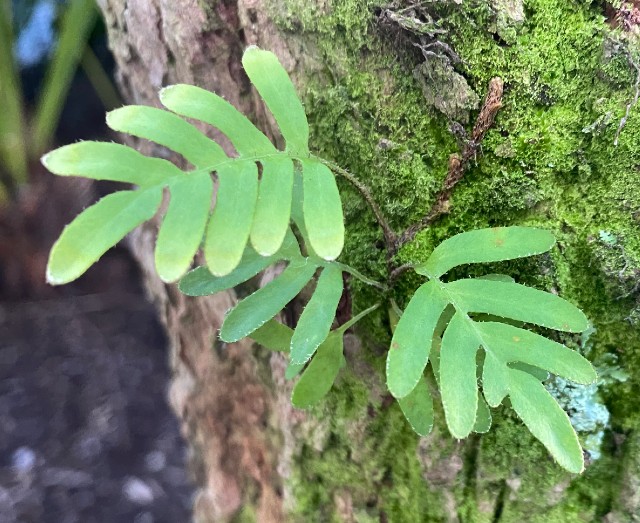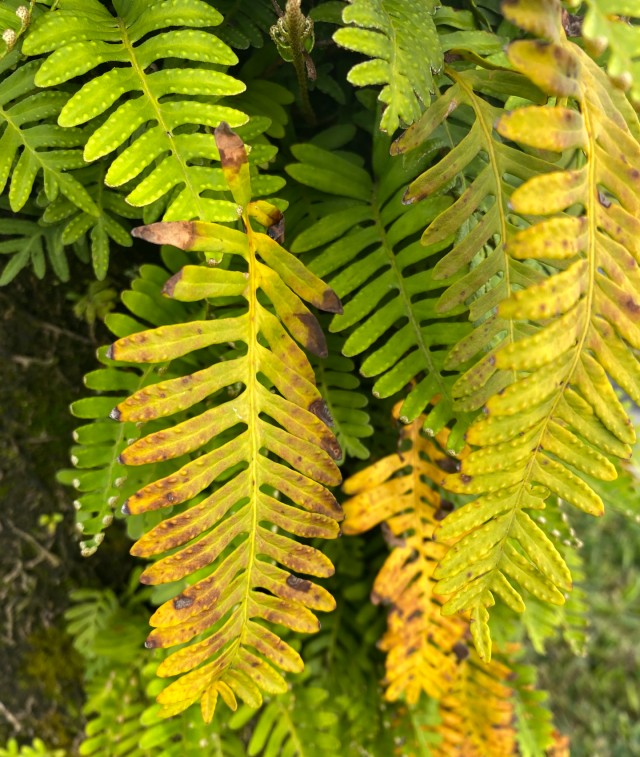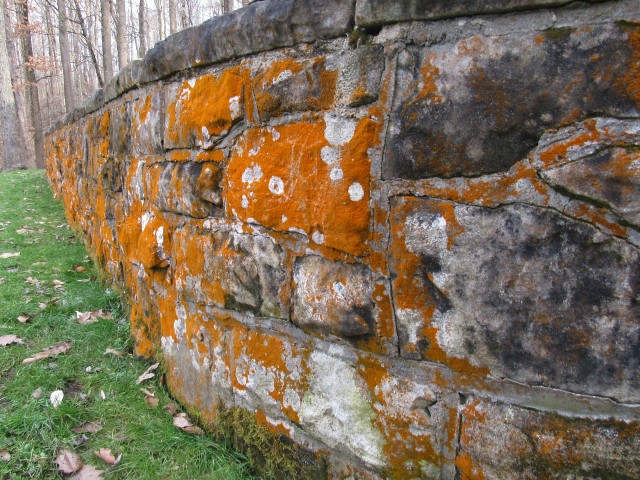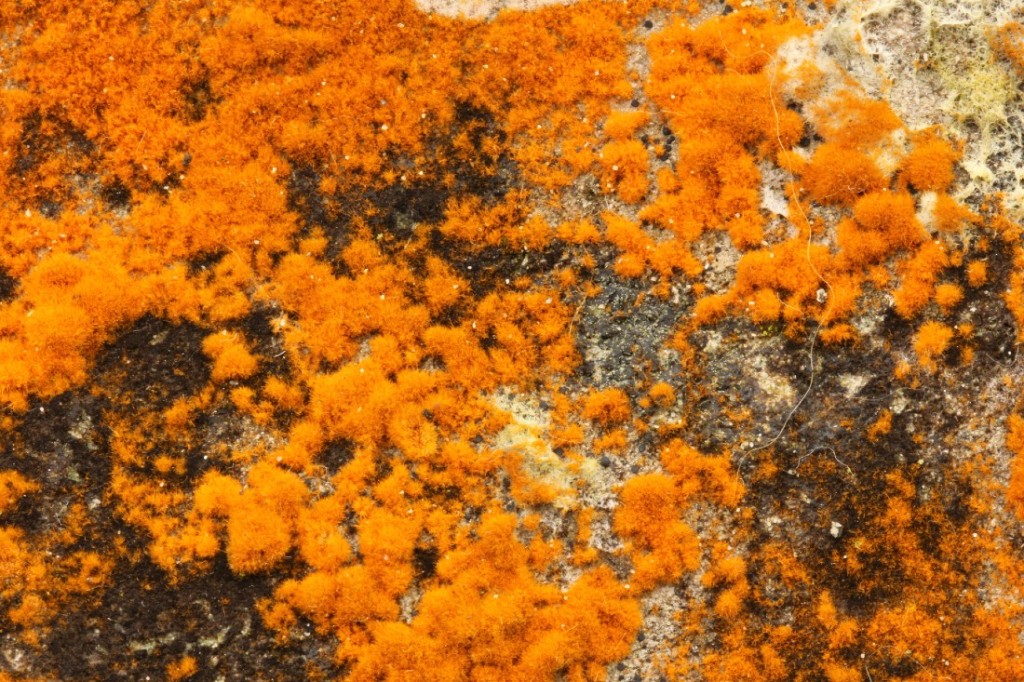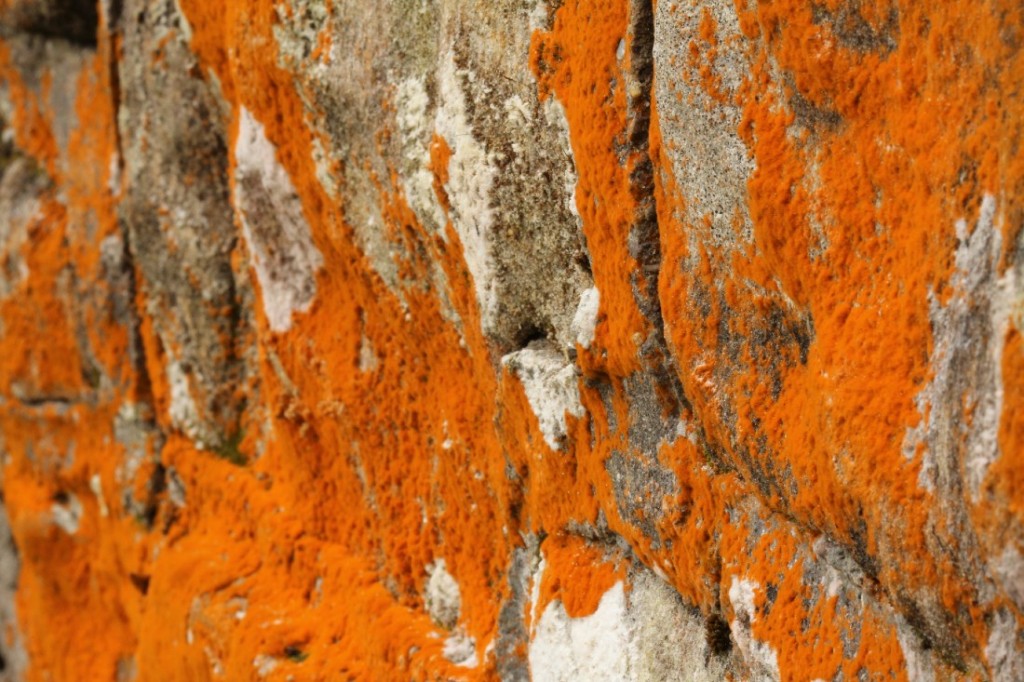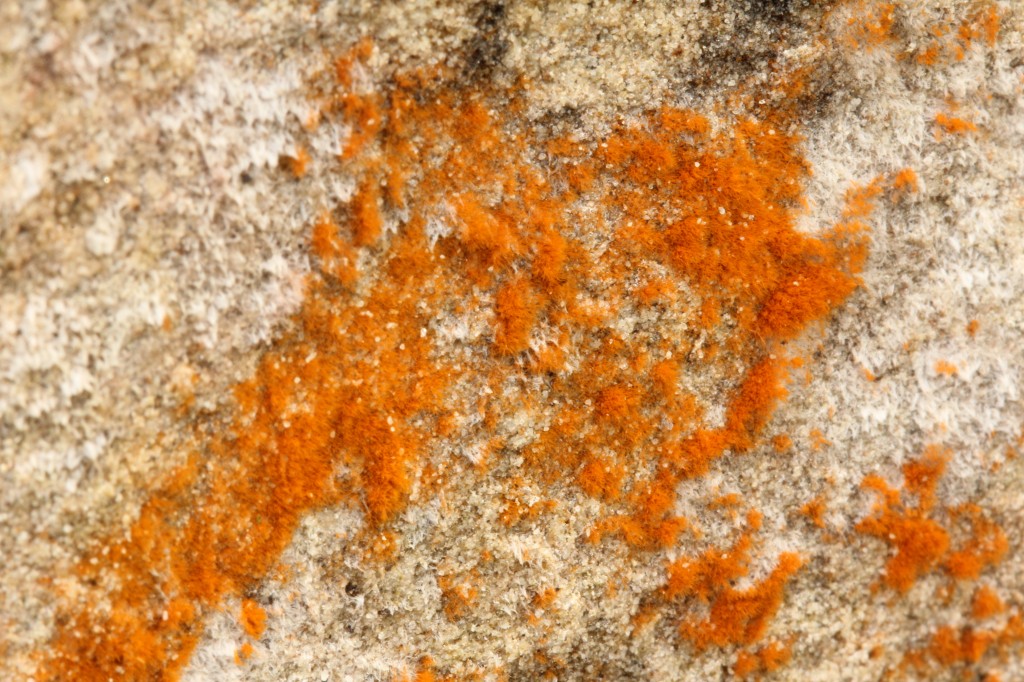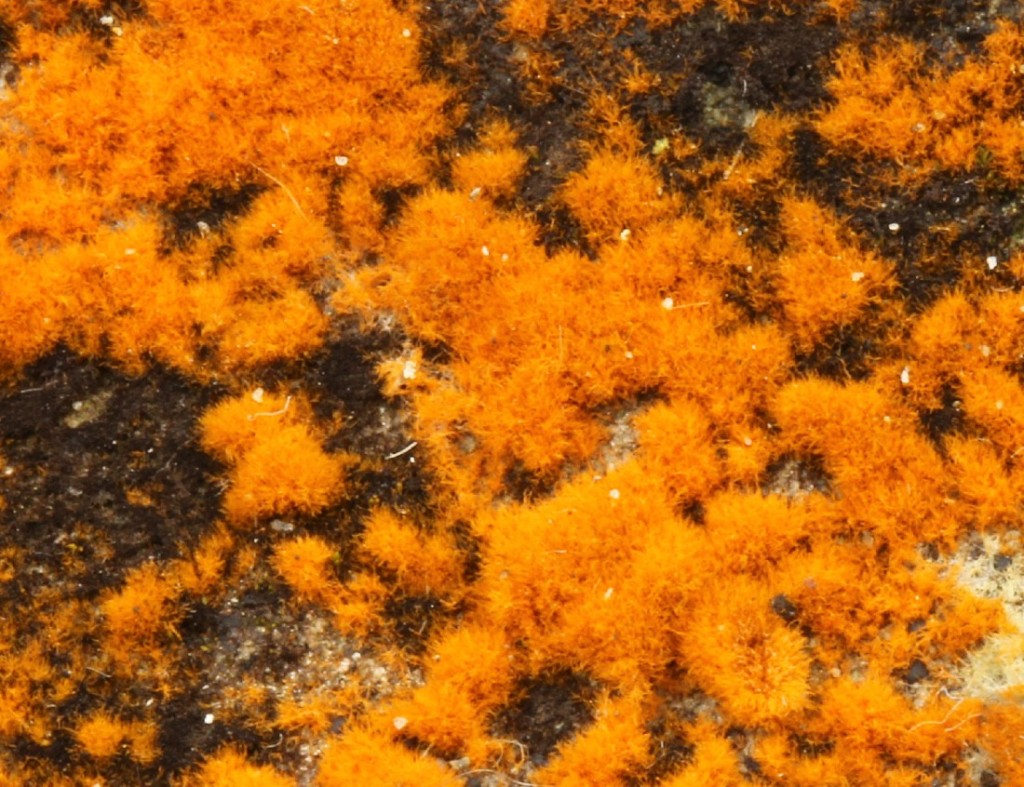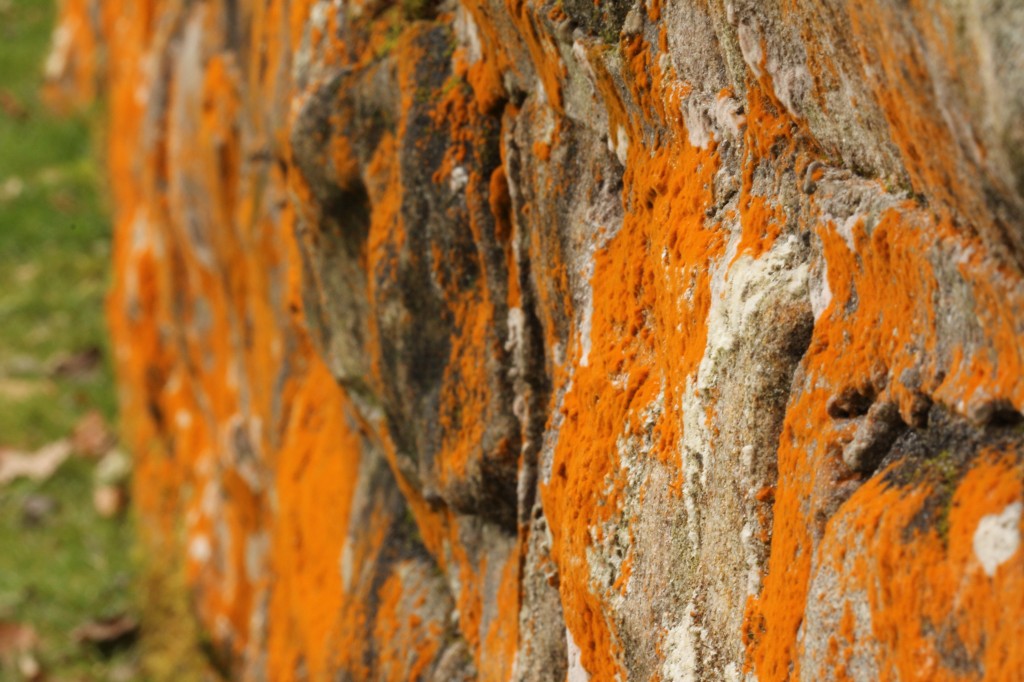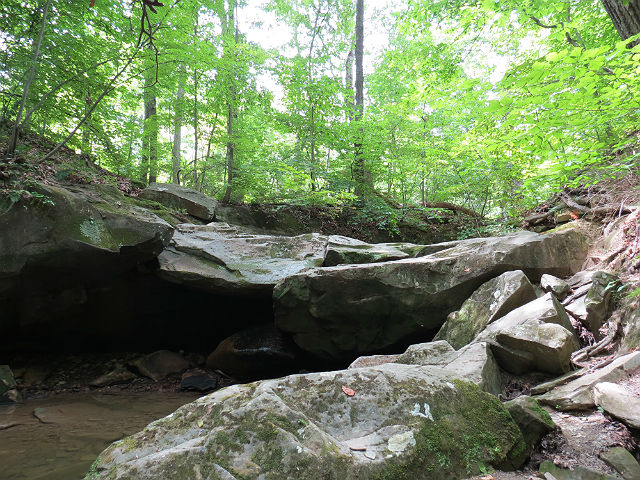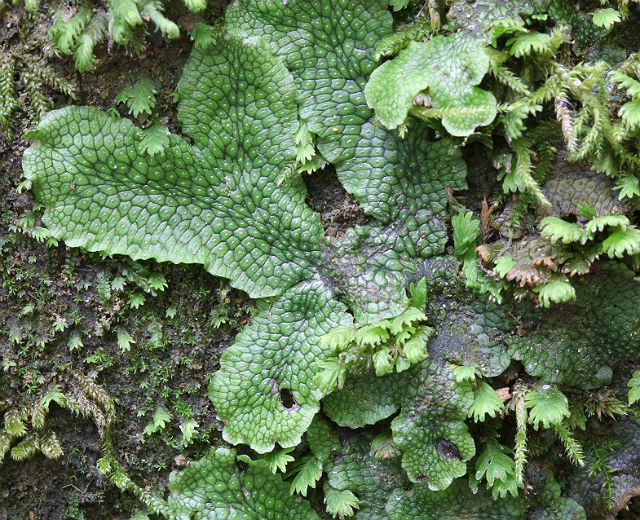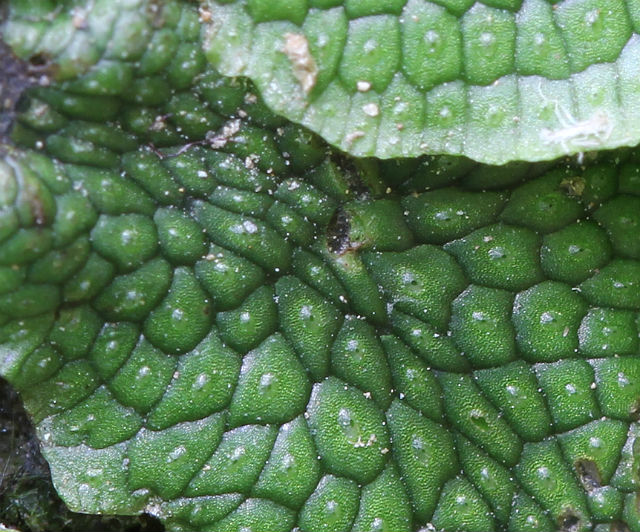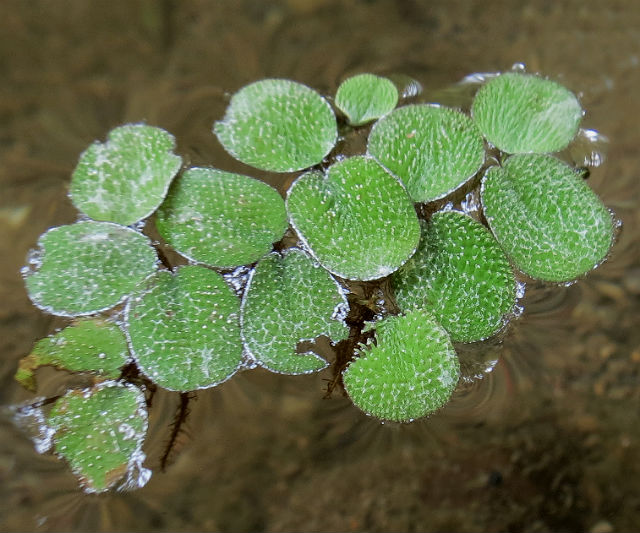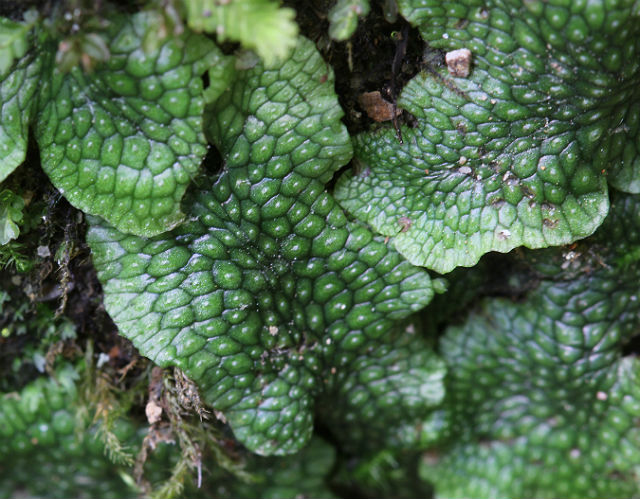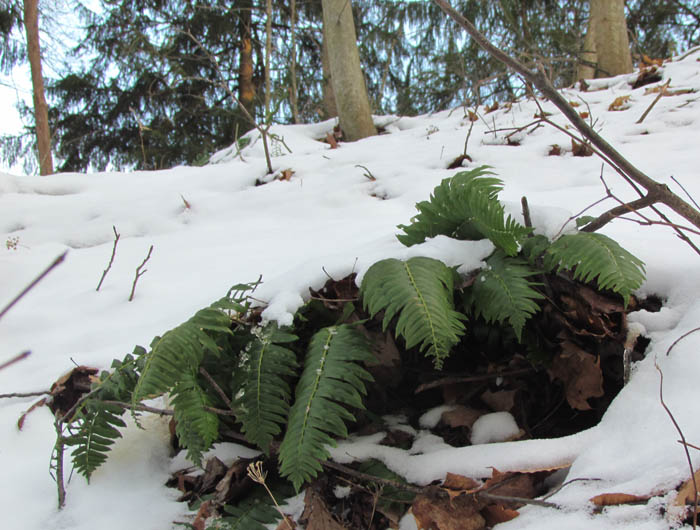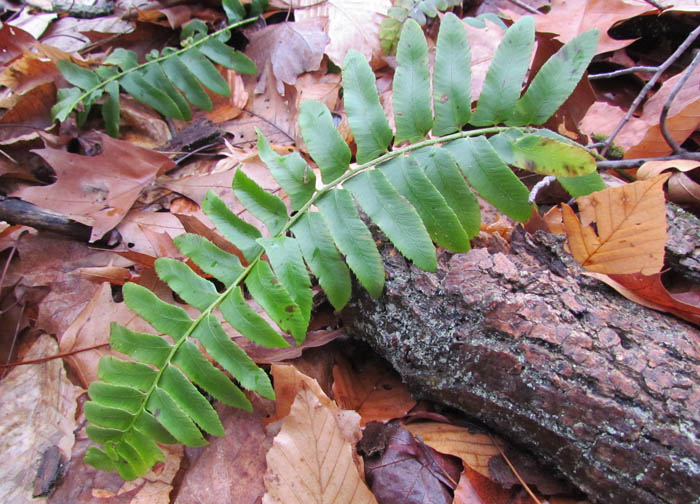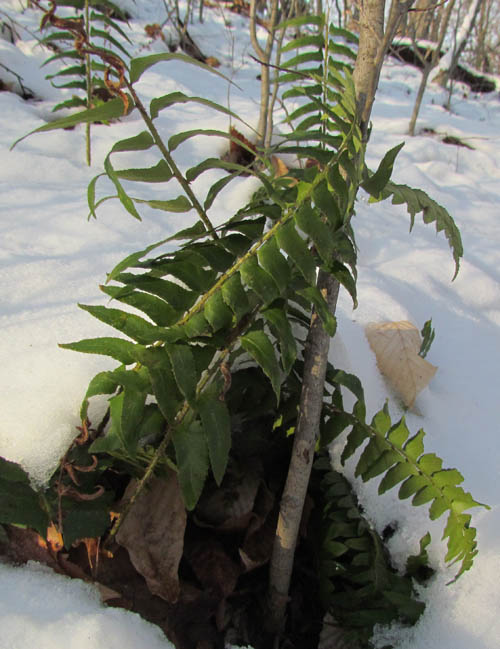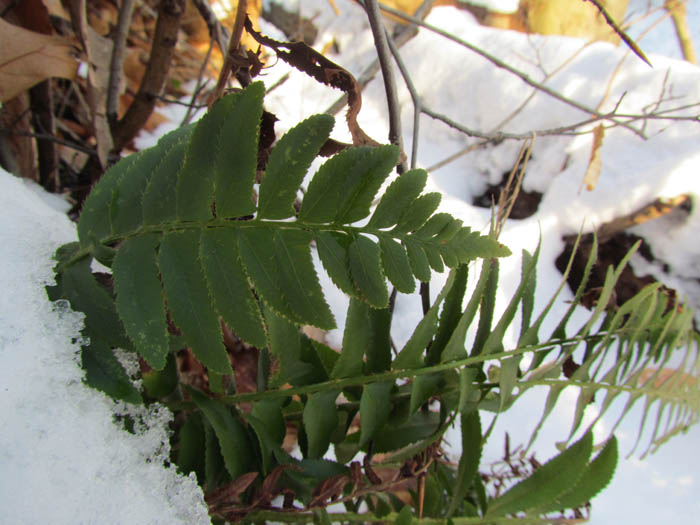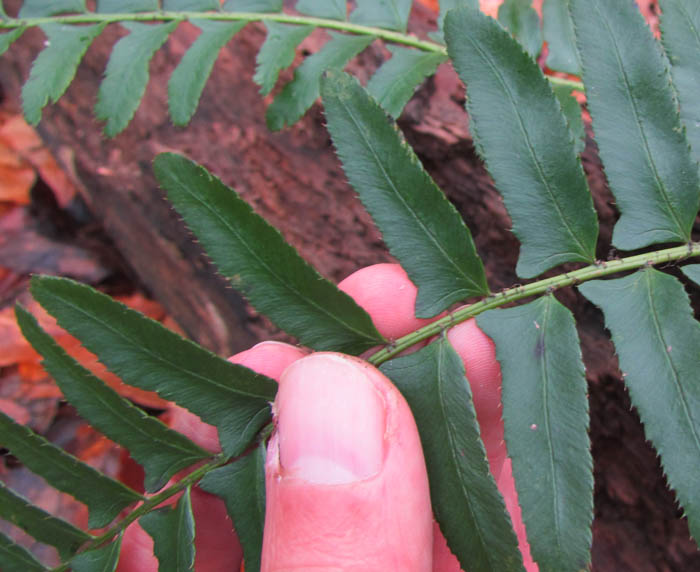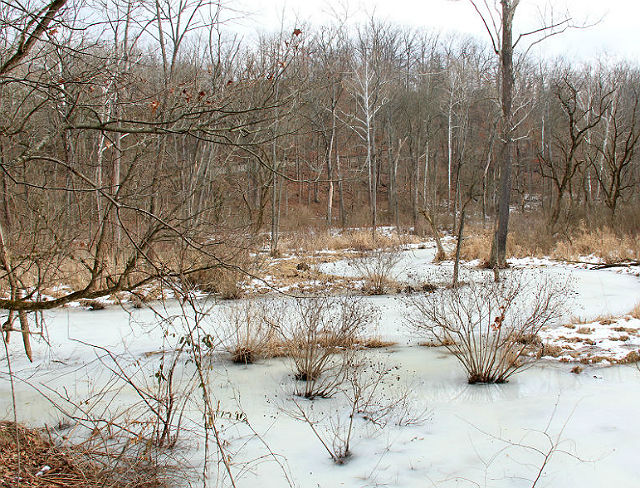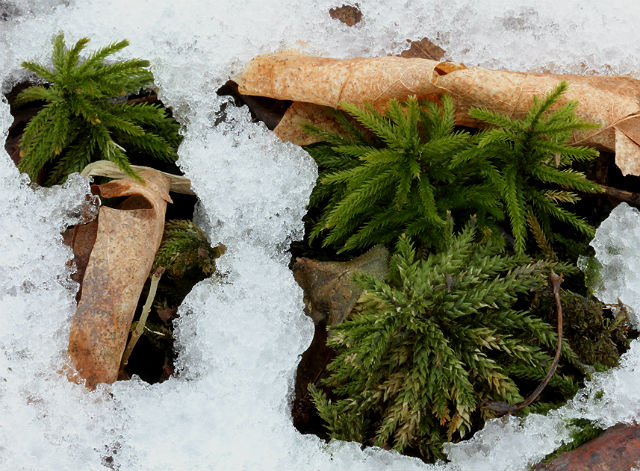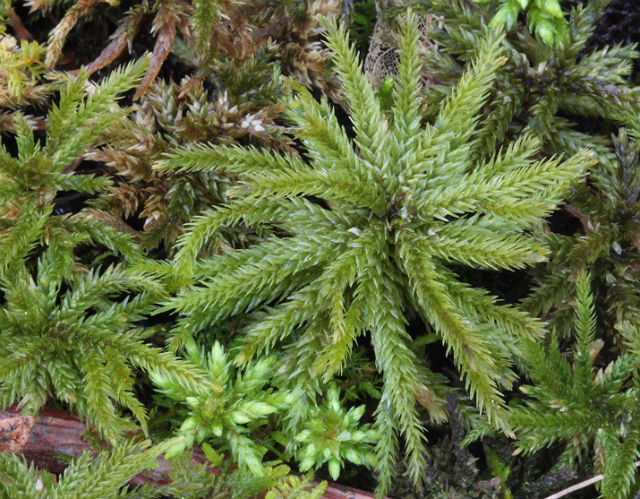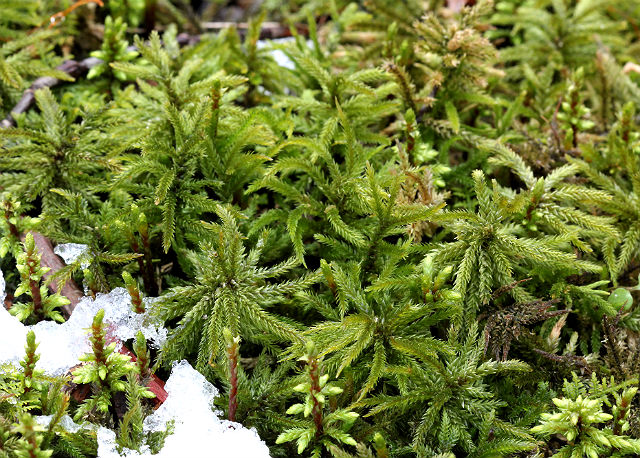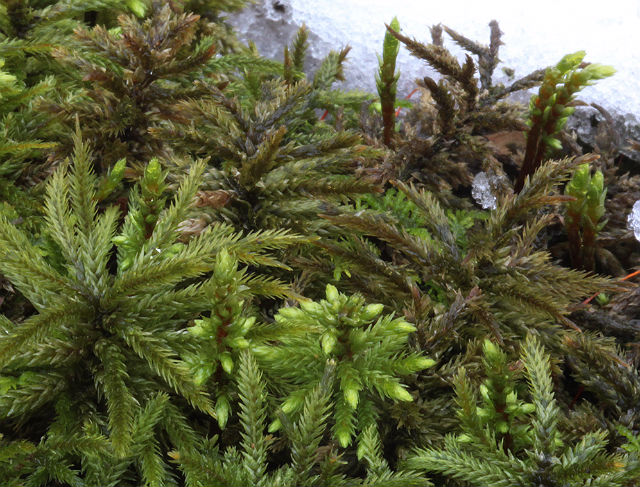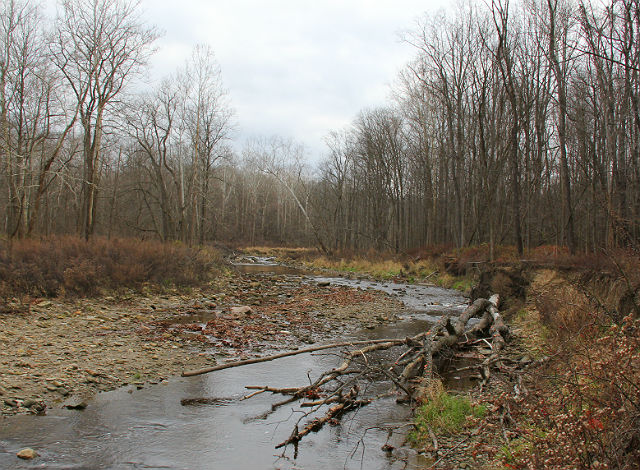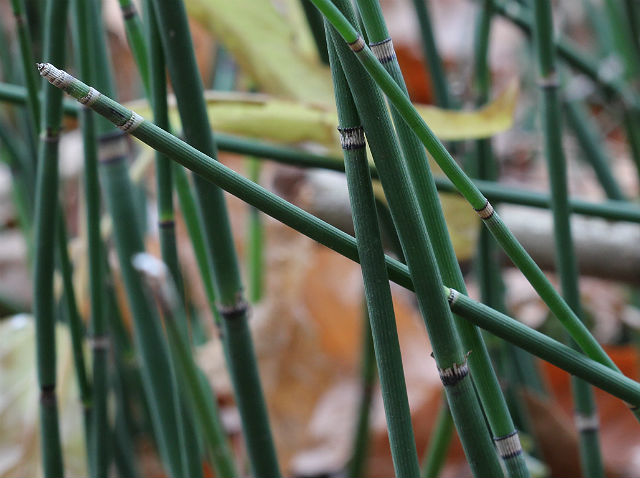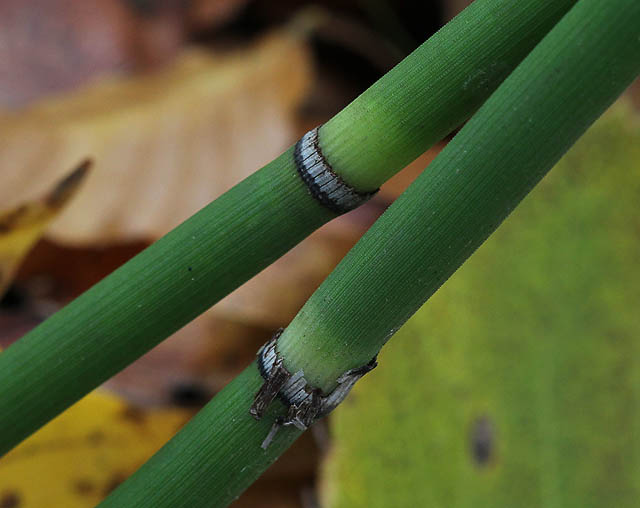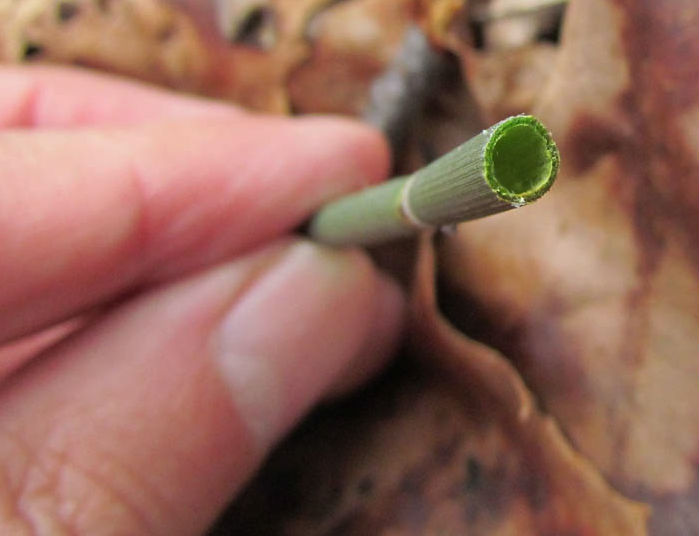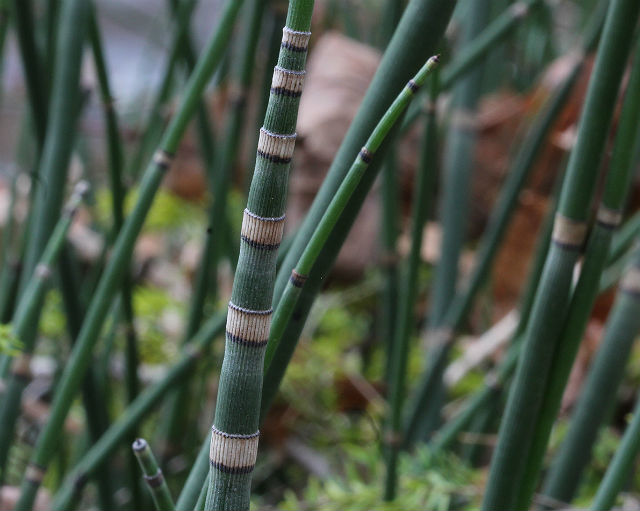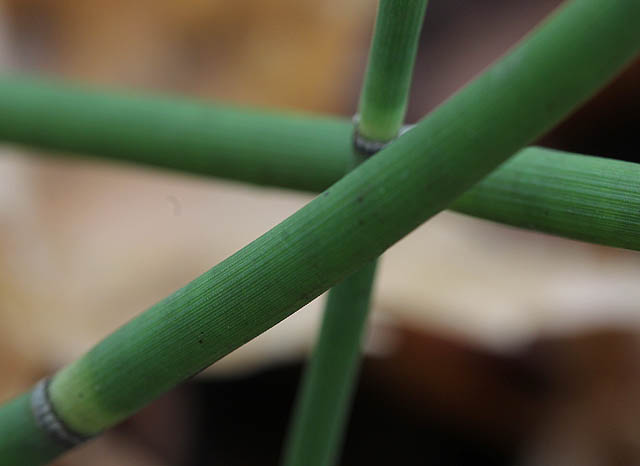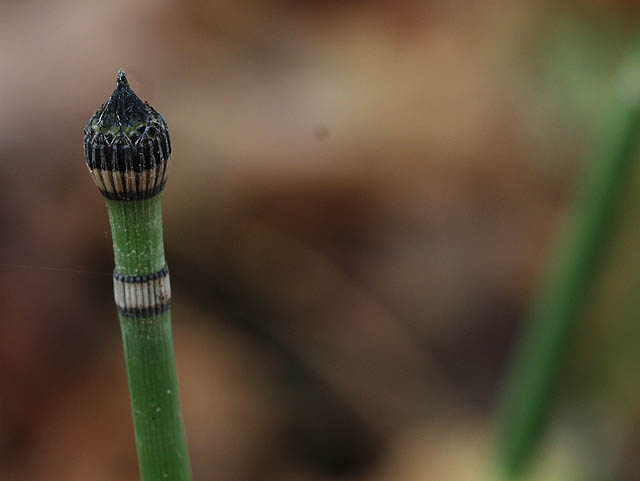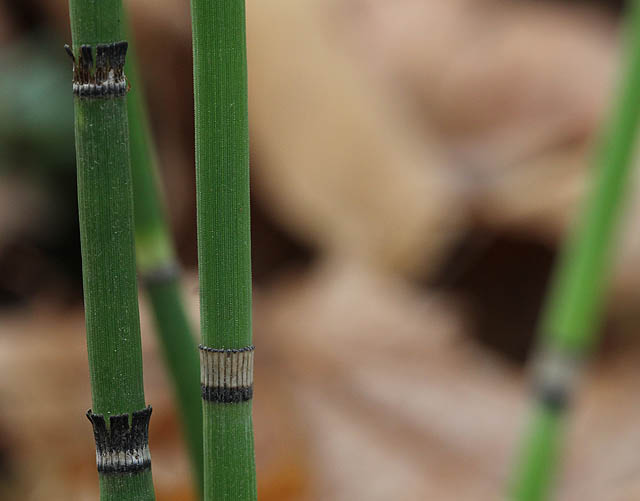While visiting Orlando, Florida it was hard not to notice ferns that seemed to be growing out of the trunks of trees.
This remarkable plant can lose about 75 percent of its water content during a typical dry period and possibly up to 97 percent in an extreme drought.
During this time, it shrivels up to a grayish brown clump of leaves. When it is exposed to water again, it will “come back to life” and look green and healthy.
By contrast, most other plants can lose only 10 percent of their water content before they die. Resurrection Fern’s fronds are typically 4 to 12 inches in length.
This plant is found throughout the Southeast. Due to its ability to withstand drought, it can be found in a variety of habitats, but it needs a host plant on which to anchor itself.
It seems to favor oak trees. This plant is epiphytic, which means it grows on top of other plants and surfaces but does not harm its host.
In 1997 Resurrection Fern was taken into space aboard the Space Shuttle Discovery to watch its resurrection in zero gravity.

